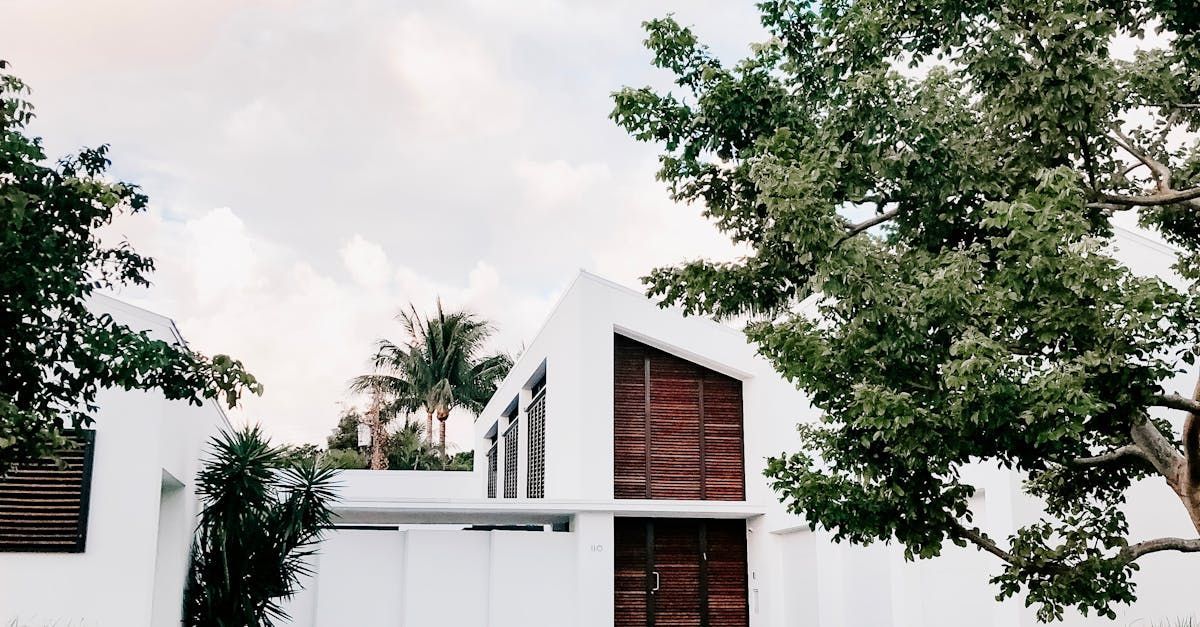
When it comes to improving your home, the terms "restoration" and "remodeling" are often used interchangeably. However, they refer to very different processes and have distinct goals. Understanding the difference between home restoration and home remodeling can help you choose the right approach for your project and ensure that you get the desired results.
What is Home Restoration?
Home restoration focuses on returning a home to its original condition. This process is often used for historic homes or properties that have suffered damage due to natural disasters, fires, or neglect. The goal is to preserve the architectural integrity and historical value of the property while making necessary repairs.
Key Aspects of Home Restoration:
- Preservation of Original Features: Restoration aims to retain as many of the original features as possible, such as moldings, flooring, windows, and doors.
- Use of Authentic Materials: Where repairs are needed, authentic or period-appropriate materials are used to maintain the home's historical accuracy.
- Attention to Detail: Restoration requires meticulous attention to detail to ensure that repairs match the original construction.
- Regulatory Compliance: For historic homes, restoration projects often need to comply with local, state, or national preservation guidelines.
Common Home Restoration Projects:
- Repairing or replacing damaged roofing, siding, or windows.
- Restoring original hardwood floors.
- Fixing or rebuilding historical features like fireplaces, staircases, and moldings.
- Addressing structural issues caused by age or damage.
What is Home Remodeling?
Home remodeling involves changing the structure or design of a home to update its appearance, improve functionality, or increase value. Unlike restoration, remodeling often includes alterations and additions that may not adhere to the home's original style. The focus is on modernizing the space to meet the current needs and preferences of the homeowner.
Key Aspects of Home Remodeling:
- Modernization: Remodeling updates the home with modern amenities, designs, and technologies.
- Customization: Homeowners have the flexibility to customize their spaces to suit their tastes and lifestyles.
- Functional Improvements: Remodeling can improve the functionality of a home by reconfiguring layouts, adding new rooms, or enhancing existing spaces.
- Aesthetic Changes: Remodeling often includes cosmetic changes such as new paint, flooring, and fixtures to give the home a fresh look.
Common Home Remodeling Projects:
- Updating kitchens and bathrooms with new appliances, fixtures, and finishes.
- Adding new rooms or expanding existing spaces.
- Installing energy-efficient windows and insulation.
- Reconfiguring floor plans to create open-concept living areas.
Choosing Between Restoration and Remodeling
The choice between restoration and remodeling depends on several factors, including the condition of your home, your goals, and your budget.
When to Choose Restoration:
- You own a historic home and want to preserve its original character.
- Your home has suffered significant damage and needs repairs to restore its original condition.
- You value the architectural and historical significance of your home.
When to Choose Remodeling:
- You want to update your home with modern features and amenities.
- You need to improve the functionality of your home to better suit your lifestyle.
- You are looking to increase the value of your home through upgrades and renovations.
Conclusion
Understanding the difference between home restoration and home remodeling is crucial for making informed decisions about your home improvement project. Restoration is about preserving the past, while remodeling is about creating a future that fits your needs. Whether you are aiming to restore a historic gem or remodel your home to match your modern lifestyle, choosing the right approach will help you achieve your goals and create a space you love.








